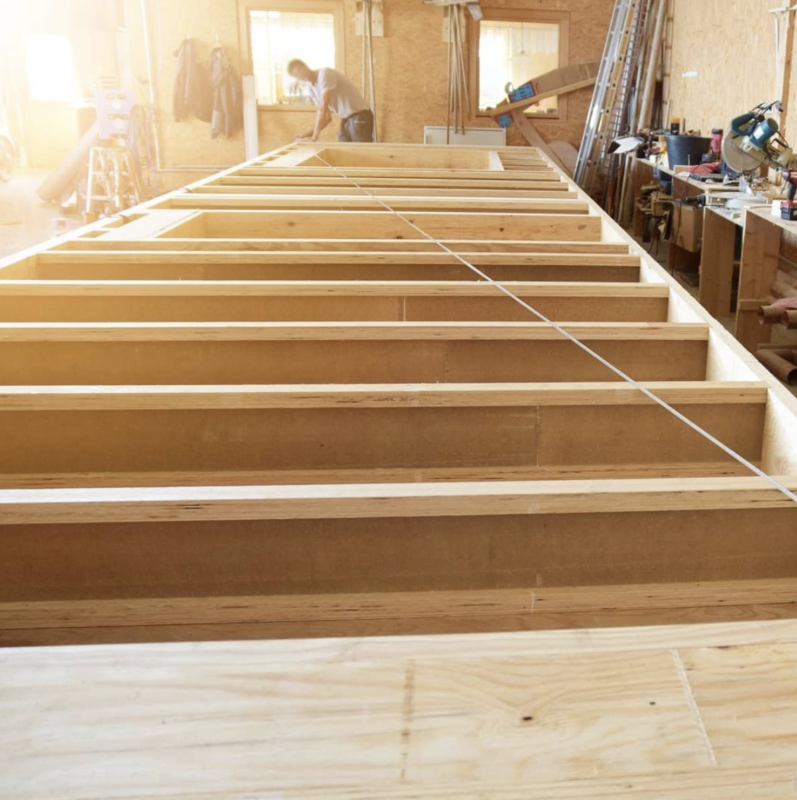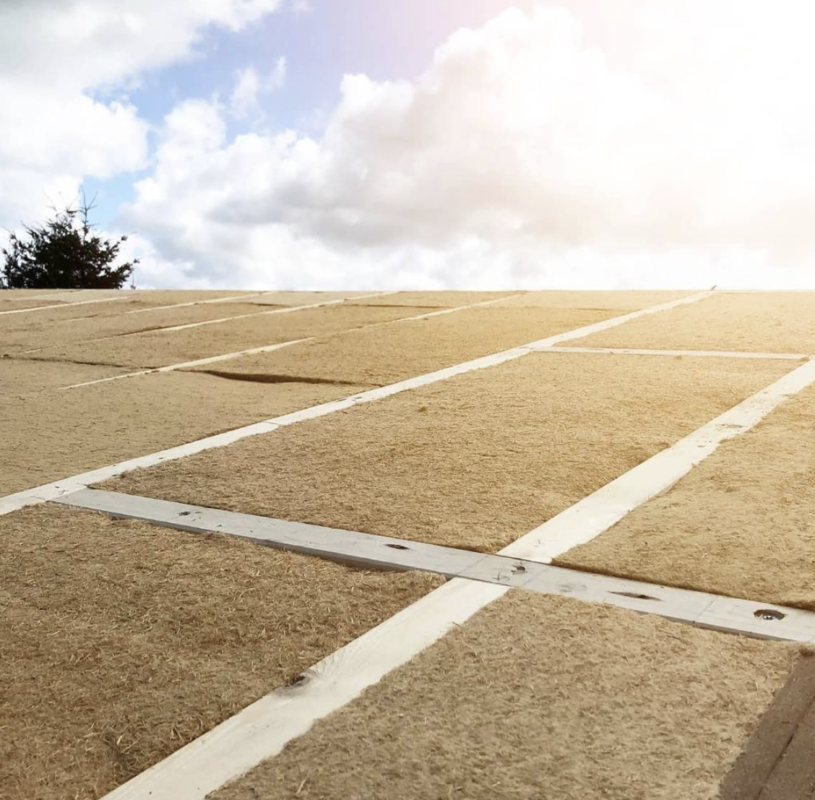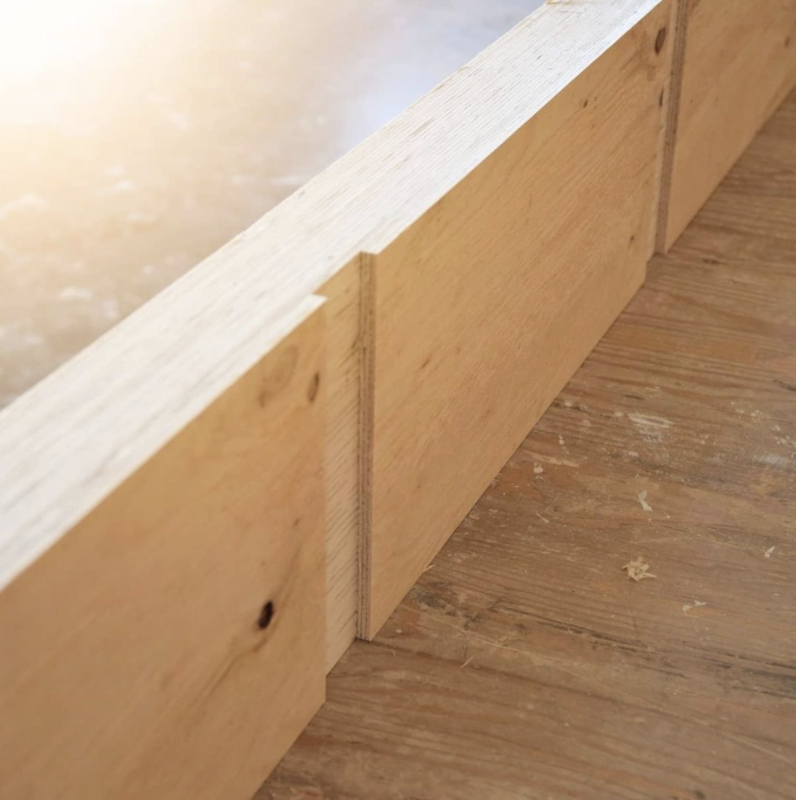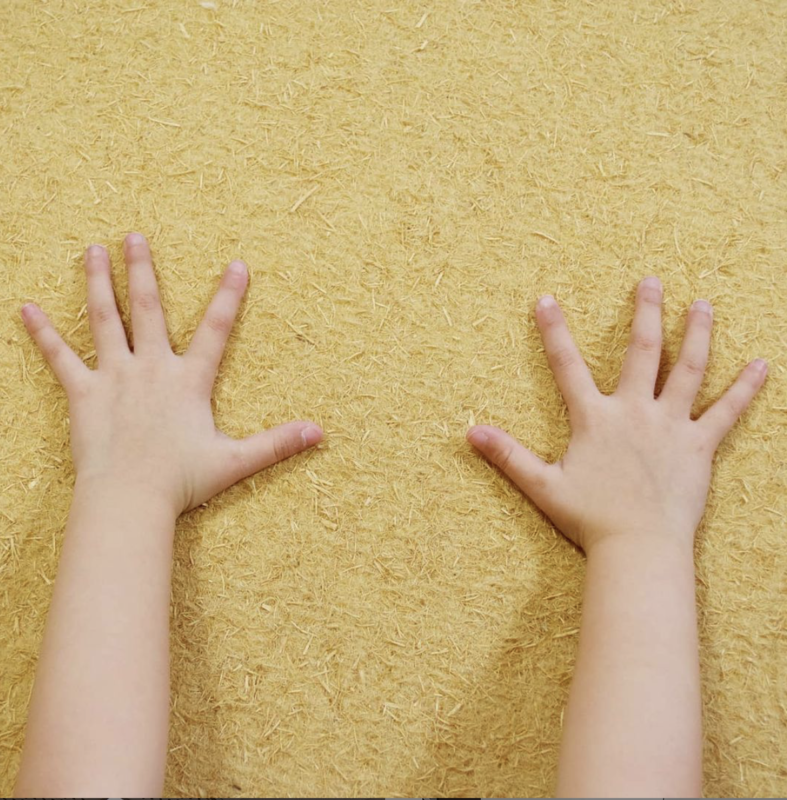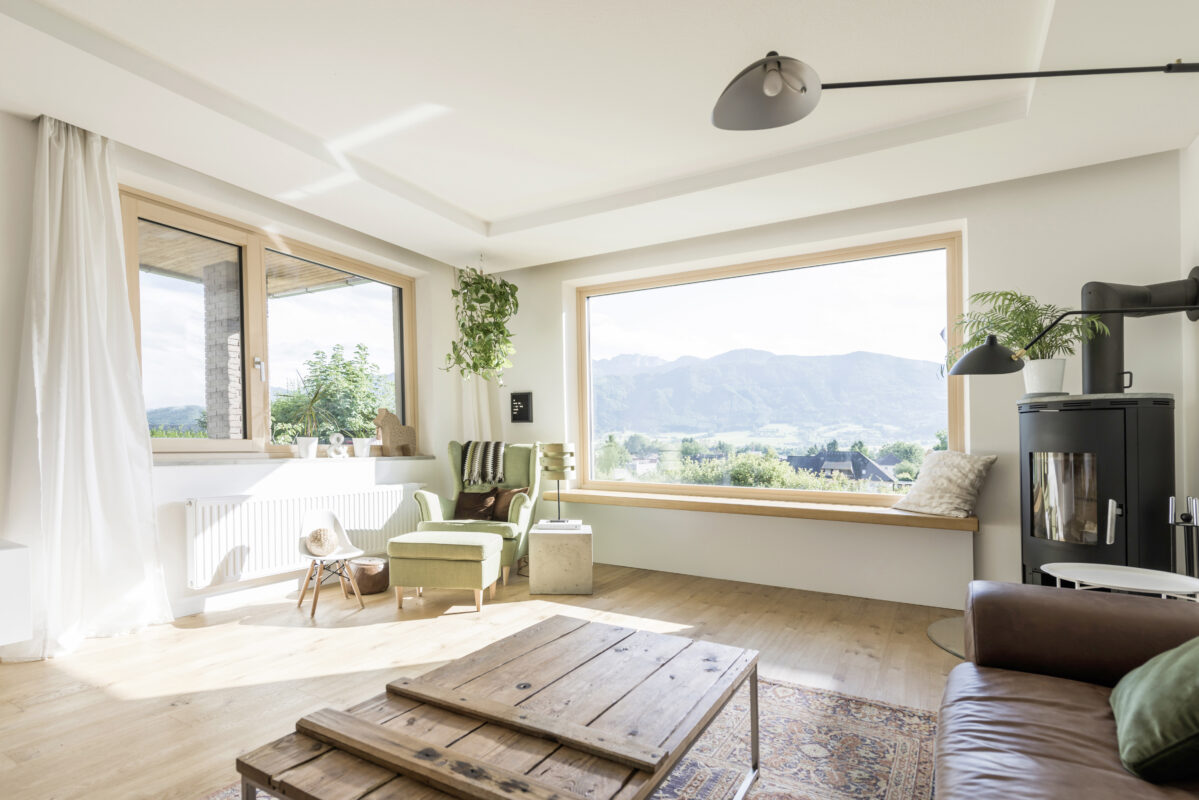No products in the cart.
Wood Fiber Insulation
GSWRAP BRINGS YOU HEALTH AND HAPPINESS
Health and happiness….we all want that in our lives. So we all need our buildings to support it. After all, the U.S. EPA estimates that 90% of our lives are spent indoors. GSWRAP can offer you the products that your building definitely needs. Let’s learn about the impressive health and happiness benefits GSWRAP has to offer.

Healthy
We’ve become so accustomed to bad air inside buildings, marred by elevated CO2 levels, that it can be viscerally surprising to breathe clean, oxygen-rich air when inside. Because Passive House buildings supply filtered fresh air through balanced ventilation systems, they actively expel pollutants and provide a constant supply of healthy, fresh air to occupants. Because Passive House building assemblies are carefully engineered to avoid moisture problems, dangerous mold and mildew don’t take hold.

Comfortable
Superior comfort is one of the biggest benefits of Passive House design and construction. There are lots of building physics reasons for this: nice even surface temperatures thanks to thermal bridge-free building assemblies, super-insulation, and high performance windows; minimal stratification of interior air temperatures thanks to those even surface temperatures; smart design of both solar gain and shading; and more.

Quiet
The first thing most people notice when they walk into a Passive House building is the peace and quiet. The robust high performance walls, windows, and doors that are so key to Passive House energy performance also dramatically reduce sound transmission from outside. Urban noise, passing trains, heavy construction? No problem.

No Dust
People who live or work in old, urban buildings know what we’re talking about here, with dust filtering through the walls and accumulating on any horizontal surface (and in your lungs, too). Passive House construction eliminates this problem. A continuous air barrier stops dust from infiltrating building assemblies, and the filter in the heat/energy recovery ventilation system captures dust from incoming fresh air.

Keep the Wild Things Outside
Who wants bugs or other critters crawling through the walls of their building? The wild things should stay outside, in their domain. A Passive House building’s airtight construction will stop these creatures in their tracks.

No Unwanted Moisture or Odors
Passive House ventilation systems suck moisture and odors from kitchens and bathrooms and exhaust them to the outside, while continuously supplying filtered fresh air into living spaces. Unwanted moisture or smells generated inside are quickly eliminated. Meanwhile, Passive House buildings’ airtight envelopes prevent outside moisture and odors from entering the building.

Durable
Thanks to their robust building envelopes and lack of condensation-causing thermal bridges, Passive House buildings are more durable and require less maintenance than conventional buildings. This is a benefit not only to building owners and residents, but also to builders who can count on fewer “call backs”, a major source of risk and expense. Passive House builders will tell you that once you build Passive House, there’s no going back to the old way of doing things.

Predictable Performance
Many other green building certifications suffer from the “Performance Gap”, the lack of correlation between predicted thermal energy performance and actual performance once occupied. Because Passive House design is firmly grounded in the building physics that determine thermal energy performance, the predictive power of its modeling tools (PHPP or WUFI-passive) for thermal energy performance is very strong, as is born out repeatedly by multi-building studies involving hundreds of individual units. When you create a Passive House, you know what performance to expect.

Affordable
Passive House buildings are cheaper to operate than conventional ones, with lower utility bills and fewer maintenance expenses. While the upfront construction cost of Passive House buildings is usually slightly higher than conventional buildings due to their superior building envelopes and build quality, the added debt service for this upfront investment is routinely offset by savings in operational costs. Passive House design tools empower practitioners to optimize for building performance and cost. As we design and build more Passive House buildings, the experience gained from those projects drives the cost of future projects down.

Energy Efficient
No other approach to building energy efficiency produces the dramatic energy savings that the Passive House approach does. These savings are great for building occupants and their energy budgets, and extremely helpful for an energy grid that is transitioning to more intermittent clean energy. Energy efficiency provides its “negawatts” of energy services just when the grid needs them: at times of peak demand. Deep energy efficiency is key to reducing the operational carbon emissions of our buildings: building as climate action.

Complementary
The energy efficiency and operational carbon reductions of Passive House can be the perfect complement to building electrification, net zero energy and net zero carbon goals, and embodied carbon reduction. Whether your goal is a zero carbon building, a Living Building, a LEED Platinum building, or any number of green building certifications, Passive House provides a predictable and cost-optimized pathway to achieve the levels of energy performance to get you there.

Resilient
In this era of global weirding, we need buildings that will help us adapt to wild weather, extreme conditions, and energy grid failures: “passive survivability”. The passive systems of Passive House buildings allow them to ride out long power outages while keeping indoor temperatures safe. Their filtered fresh air systems can cope with intense outdoor pollution events and maintain healthy air inside. Their robust building envelopes can weather intense storms. Their very low energy consumption means a modest solar array and energy storage system can power Passive House buildings when grid systems fail.
